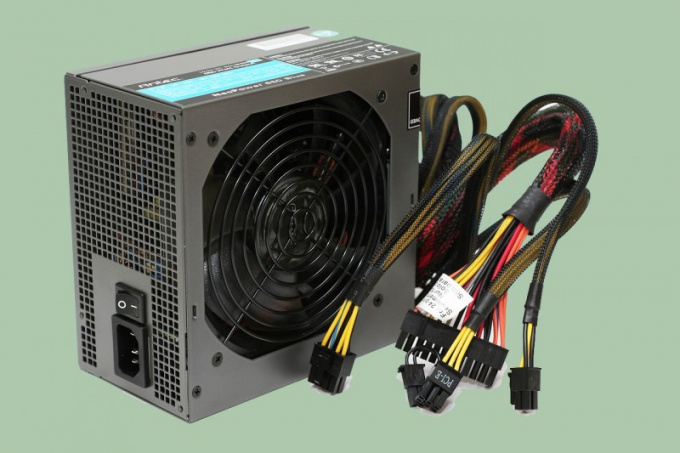Instruction
1
Find out what type of components installed in the computer, you can use the program CPU-z Download and run the program. In the tabs CPU, Memory, Mainboard and Graphics you can see processor type, memory, motherboard and graphics card. If you need full configuration report the system unitin the About tab in the Tools section, click Save Report. Specify the folder to save the report.
2
There are other programs that will help you to determine the configuration of the computer, such as Everest. The left side of the screen click to expand "Computer" and select from the list the paragraph "summary information". To create a report go to "Report". You can use the option "report Wizard" or you can create a format file *.txt, or *.html
3
On the Internet a lot of resources that will help you to calculate the total consumed power your system unit, for example, Power Calculator http://www.coolermaster.outervision.com. Choose the device type from the list proposed by the program. After entering this data, click the Calculate button in the lower right corner. The program will give recommendations on the choice of power unit of power.
4
There is a similar Russian site from Asus tech support: http://support.asus.com.tw/powersupplycalculator/pscalculator.aspx?slanguage=ru-ru. Values are aggregated automatically as you enter data.
5
You can calculate the power consumption of the system unit manually. On the websites of the manufacturers of components specified consumed power. Knowing the configuration of the computer, summarize these indicators.
6
However, one must keep in mind that overclocking increases the power consumption. Consider also the peak load. For example, a modern game with 3D graphics and heavy graphic programs significantly increase the power consumption of the graphics card compared to the consumption at rest is from 50 to 150 watts. With this in mind, the design capacity of unit power , add 100 watts as a safety margin.
